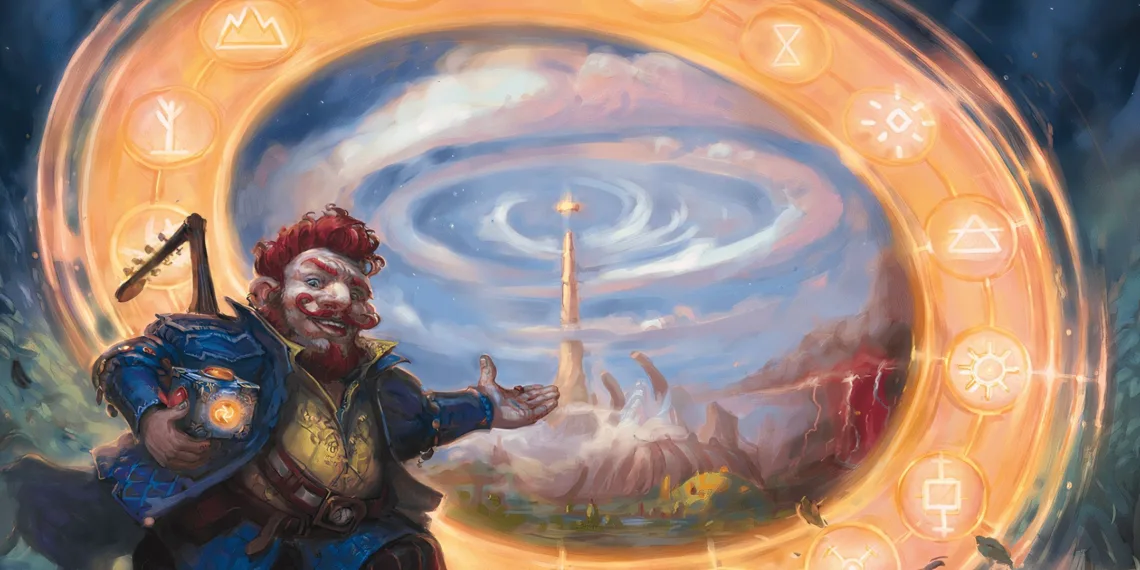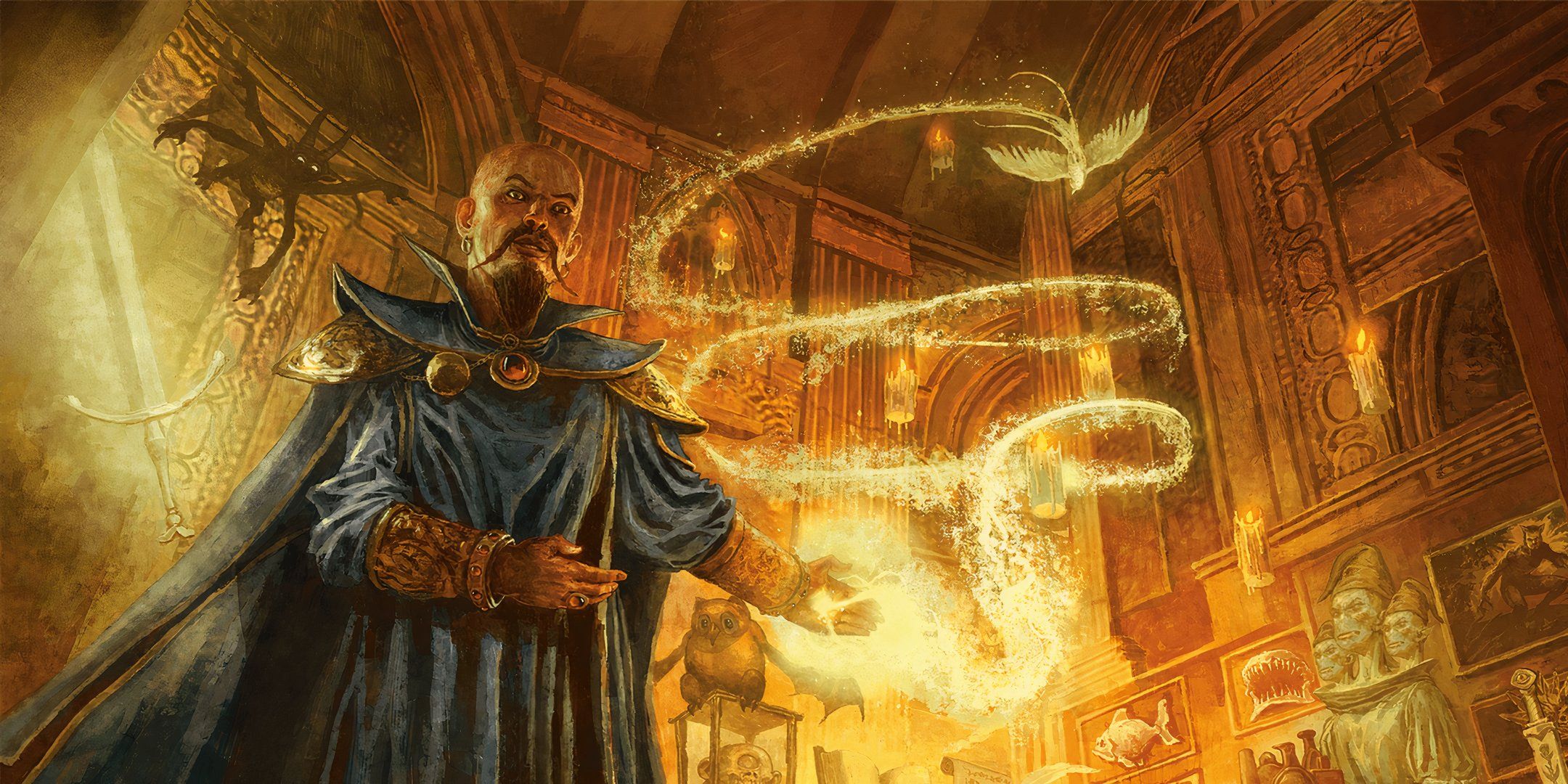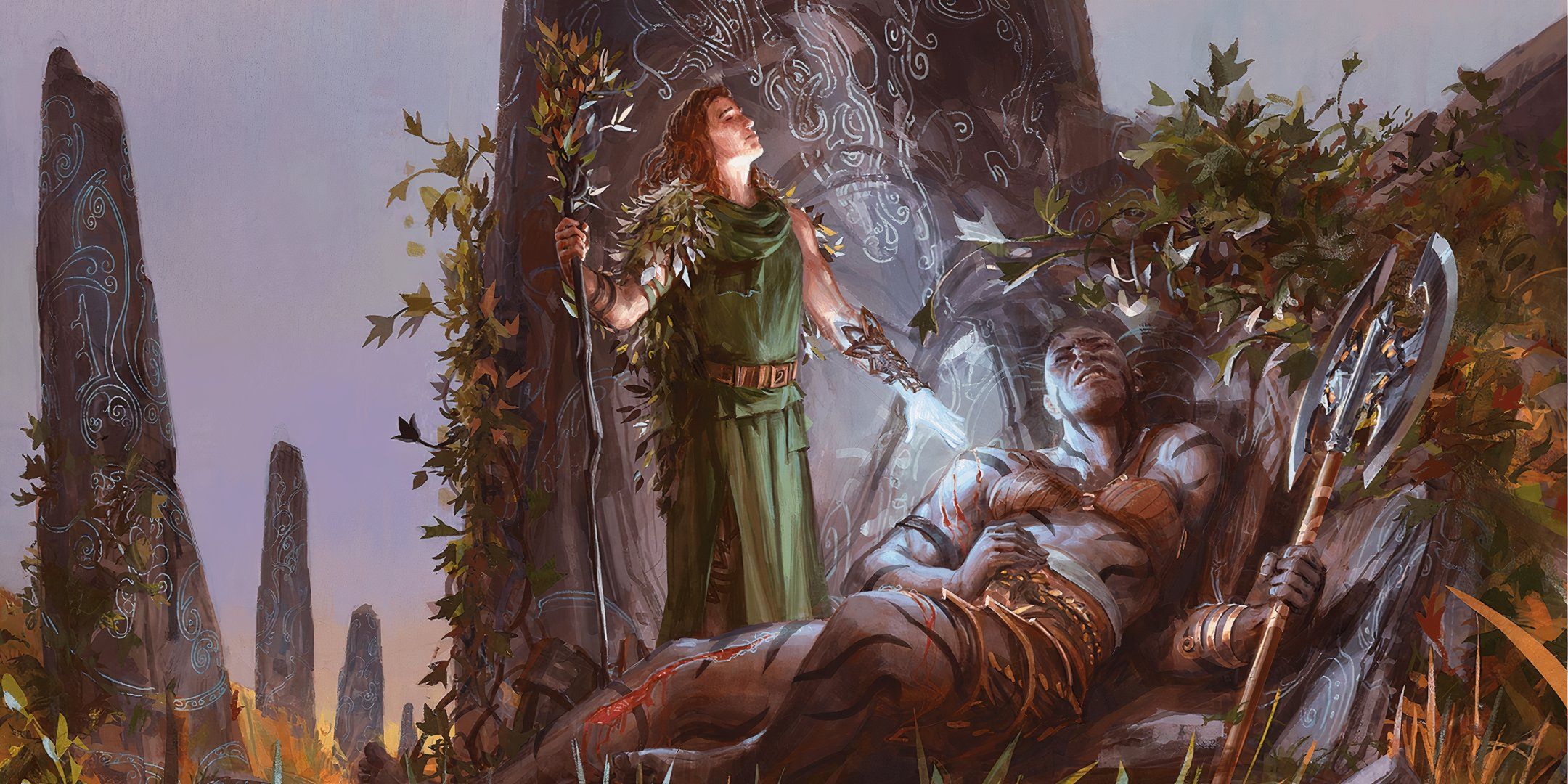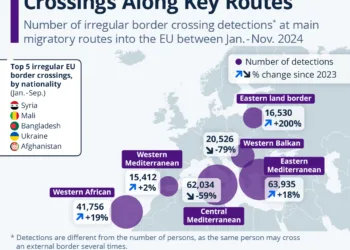Designing your own custom Dungeons & Dragons (D&D) spell can be a fulfilling experience for both seasoned DMs and players. So, what’s the process for doing this in the 2024 Dungeon Master’s Guide? The new guide provides ample flexibility for creating your own magical effects.
However, there are many potential challenges to navigate when it comes to homebrewing in D&D. Striking the right balance and ensuring that damage or healing feels appropriate can be difficult. Here’s a comprehensive guide on how to create a new spell using the 2024 Dungeon Master’s Guide.
What Will Your Spell Do?
Before diving in, the first thing to consider is: What does the spell do? Here are several questions to consider:
- Does This Spell Already Exist? – First and foremost, check if the spell effect you want already exists in the game.
- Can I Modify an Existing Spell? – If similar spells are out there, consider how you can alter your version to make it distinct.
- Does This Spell Deal Damage? – Decide whether your spell will inflict harm on enemies.
- Is This Spell a Healing Spell? – Determine if your spell primarily offers healing or buffs rather than dealing damage.
- Does This Spell Enhance Roleplay? – If your spell doesn’t heal or cause damage, think about its benefits for character interactions or roleplaying scenarios.
Answering these questions will help you lay the groundwork for your spell. Take a moment to jot down the effects you envision for your new spell.
Remember, the purpose of your spell shouldn’t be overly narrow. For instance, if it only targets a specific monster or disarms a specific type of trap, it may have limited utility. If players can’t find many opportunities to use it, they might lose interest.
How to Create Spell Rules
Once you have a clear idea of what you want your spell to achieve, it’s time to develop the rules that guide its use. Here are some essential elements to consider:
School of Magic
It’s important to categorize your spell within one of the eight Schools of Magic:
- Abjuration: These provide protection and can cancel out other spells.
- Conjuration: Spells range from summoning creatures to teleporting allies.
- Divination: This school deals with foresight and identifying magical effects.
- Enchantment: Spells that charm or manipulate creatures’ thoughts fall into this category.
- Evocation: These spells focus on dealing significant damage, such as Fireball.
- Illusion: Spells that create deceptive effects, like Minor Illusion, belong here.
- Necromancy: This school deals with life and death effects.
- Transmutation: Spells that alter physical reality fit into this category.
If you’re unsure about your spell’s elements or its school of magic, refer to a similar spell from the Player’s Handbook for inspiration.
How to Balance Your Spell
With the spell defined and rules established, it’s time for balancing. The key is ensuring that the spell remains fair and well-calibrated for both players and DMs. Here are some guiding questions:
- Is the Spell Overpowered? – If the spell’s effects seem excessive for its level, it might need to be toned down. Consider its frequency of use during gameplay.
- Is the Spell Too Weak? – If players rarely use the spell, it may need adjustment. Make it impactful enough to influence the game’s direction.
- Are the Rules Too Restrictive? – Evaluate whether aspects such as duration, concentration, or range limit the spell’s usability.
The best way to fine-tune your spell is through playtesting. By trying it out in your campaign, you’ll discover if it needs any adjustments.
Determine Damage and Healing
After ensuring your spell is balanced, you’ll need to decide how much damage or healing it does. Generally, the spell level should guide these numbers. Below is a reference table from the 2024 DM’s Guide:
| Spell Level | Single Target | Multiple Targets |
|---|---|---|
| Cantrip | 1d10 | 1d6 |
| 1 | 2d10 | 2d6 |
| 2 | 3d10 | 3d6 |
| 3 | 5d10 | 6d6 |
| 4 | 6d10 | 7d6 |
| 5 | 7d10 | 8d6 |
| 6 | 10d10 | 11d6 |
| 7 | 11d10 | 12d6 |
| 8 | 12d10 | 13d6 |
| 9 | 15d10 | 16d6 |
Beyond this, consider whether your spell would be better balanced with lower-value rolls instead of using a single high die (like d10 or d12). This can help keep damage numbers more consistent and manageable.
How to Make the Spell Unique
With your rules and balance set, the final step is to infuse your spell with uniqueness. Here are a few aspects to consider:
| Spell Components | What to Consider |
|---|---|
| Naming Conventions | The names of spells often add charm! Aim for a name that conveys what the spell achieves. If it’s created by a character, consider adding their name, as seen in spells like ‘Tasha’s Hideous Laughter.’ |
| Visual Description | When detailing your spell, use vivid language that brings it to life. Avoid simply listing effects—be creative and descriptive. |
| Material Components | Adding material components can add character to your spell. You might choose to restrict usage with costly components or introduce playful elements, like a stick of butter for the Grease spell. |














